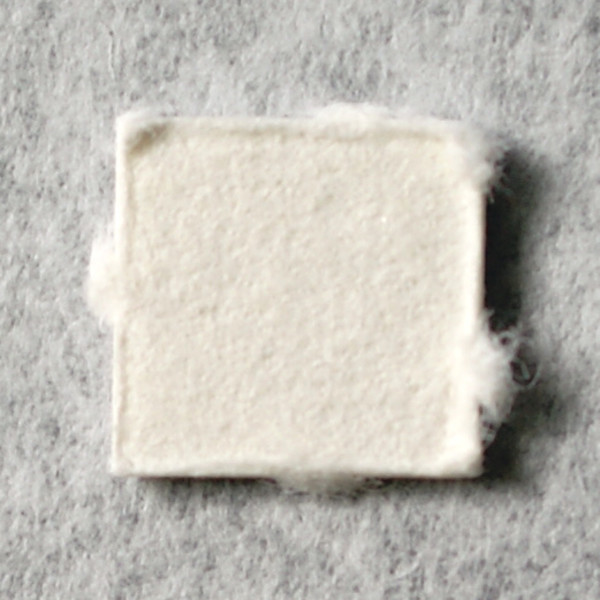

Nicholas Schou’s book Orange Sunshine: The Brotherhood of Eternal Love and Its Quest to Spread Peace, Love, and Acid to the World describes one such group, the Brotherhood of Eternal Love. Many LSD dealers and chemists describe a religious or humanitarian purpose that motivates their illicit activity. LSD manufacturers and traffickers in the United States can be categorized into two groups: A few large-scale producers, and an equally limited number of small, clandestine chemists, consisting of independent producers who, operating on a comparatively limited scale, can be found throughout the country.Īs a group, independent producers are of less concern to the Drug Enforcement Administration than the large-scale groups because their product reaches only local markets. Authorities have encountered the drug in other forms-including powder or crystal, and capsule. LSD has been sold under a wide variety of often short-lived and regionally restricted street names including Acid, Trips, Uncle Sid, Blotter, Lucy, Alice and doses, as well as names that reflect the designs on the sheets of blotter paper.

About the same time as blotter paper LSD came “Windowpane” (AKA “Clearlight”), which contained LSD inside a thin gelatin square a quarter of an inch (6 mm) across. More than 200 types of LSD tablets have been encountered since 1969 and more than 350 blotter paper designs have been observed since 1975. The smallest tablets became known as “Microdots.”Īfter tablets came “computer acid” or “blotter paper LSD,” typically made by dipping a preprinted sheet of blotting paper into an LSD/water/alcohol solution. LSD tablet shapes have included cylinders, cones, stars, spacecraft, and heart shapes. Over a period of time, tablet dimensions, weight, shape and concentration of LSD evolved from large (4.5–8.1 mm diameter), heavyweight (≥150 mg), round, high concentration (90–350 µg/tab) dosage units to small (2.0–3.5 mm diameter) lightweight (as low as 4.7 µg/tab), variously shaped, lower concentration (12–85 µg/tab, average range 30–40 µg/tab) dosage units. Tim Scully, a prominent chemist, made some of these tablets, but said that most “Sunshine” in the USA came by way of Ronald Stark, who imported approximately thirty-five million doses from Europe. Appearing in 1968 as an orange tablet measuring about 6 mm across, “Orange Sunshine” acid was the first largely available form of LSD after its possession was made illegal. Historically, LSD solutions were first sold on sugar cubes, but practical considerations forced a change to tablet form. Liquid solution is either distributed in small vials or, more commonly, sprayed onto or soaked into a distribution medium. LSD is produced in crystalline form and is then mixed with excipients or redissolved for production in ingestible forms.


 0 kommentar(er)
0 kommentar(er)
